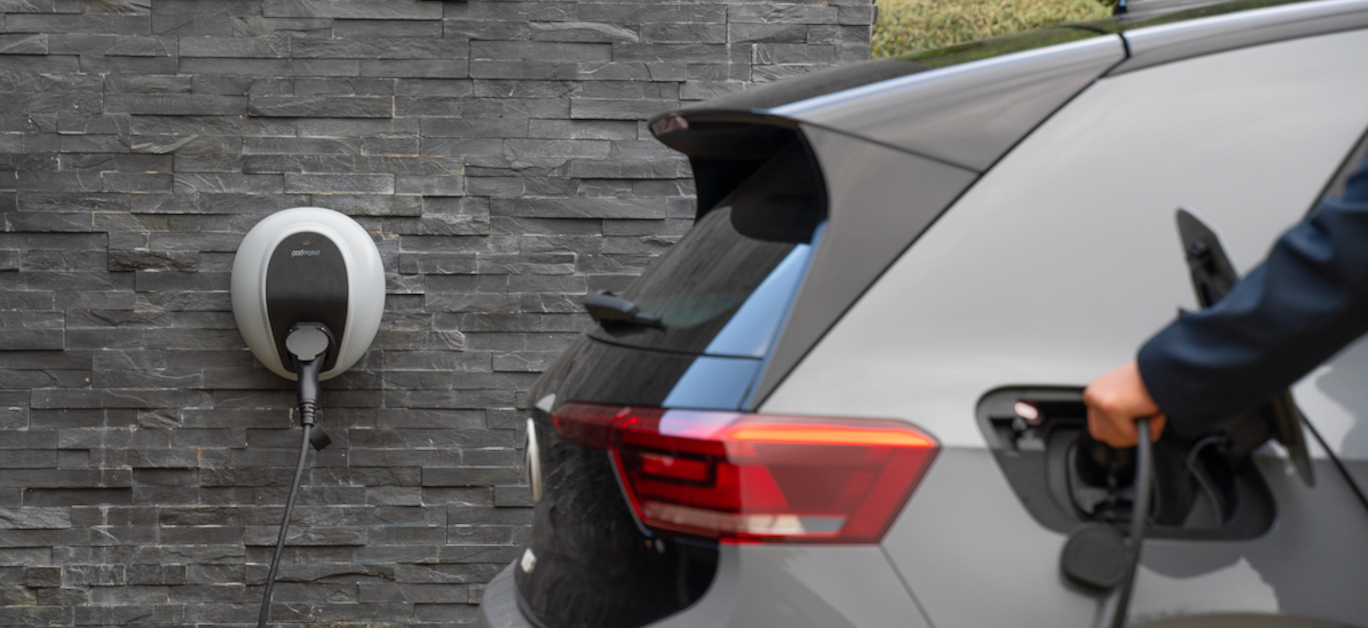Words by Steven Berry
You may already own a hybrid vehicle and are looking to go fully electric, or perhaps you’re thinking that now is the right time to get off the carbon-fuelled merry-go-round and do your bit for the planet. Whichever it is, there has never been a better time to consider an electric vehicle.
With fuel-prices spiralling out of control, the EV still offers substantial savings when it comes to pence-per-mile figures and more and more drivers are looking to benefit.
Even in these challenging times for the car-industry, EV sales are on the up. In 2022, new EV car registrations rose to 16.6 per cent of all new car sales – at a time when overall cars sales were down 2 per cent from 2021. Diesel, petrol and even plug-in electric vehicles (PHEVs) all took a downturn in the same period, leaving the EV the industry’s rising star.
And it’s not just that EVs are good for the environment; they are genuinely a pleasure to own. If you have yet to experience the serenity and user-friendliness of an EV, then you have much to look forward to.
But let’s address the elephant in the room – range anxiety. An agenda-topping subject when it comes to EVs, and not one which is helped by the sorry state of the UKs charging infrastructure. And I should know. Having experienced several electric vehicles, from various manufacturers, I can attest to the frustration that comes with public charging facilities, or lack thereof.
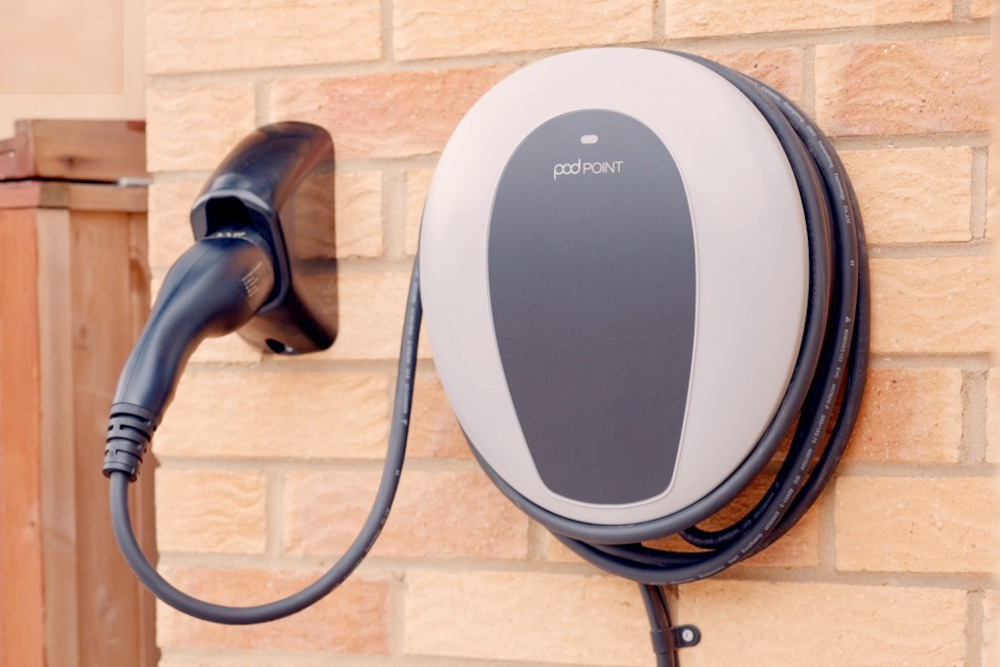
And it’s not always a simple matter of not enough chargers – sometimes the chargers that are available are faulty, or you haven’t subscribed to that particular company’s network, or a fossil-burner has decided to use the charging bay. Sometimes the rate of charge can be woefully slow, leaving you wondering if you should disconnect and go in search of something better. It can lead to huge frustration which made me question EV ownership altogether.
However, instead of ripping out what is left of my hair, I decided to get a home charging unit fitted and, after much research, decided to go with the good people of Pod Point who provide a 7kW home charge unit that provides around 24 miles of range per hour – equivalent to many publicly-available EV charging points and good enough to fully charge most EVs overnight.
Around since 2009, Pod Point is a leading provider of electric vehicle charging units for home, public, workplace and commercial properties, so I figured they must know a thing or two about what would work best for me. Besides, their latest home charger unit – the Pod Point Solo 3 – is one of the best-looking chargers around and knocks spots off some of the more industrial-looking boxes out there.
My initial enquiry led to me being put in touch with Pod Point’s Home Charge Ops Team which provided a plethora of information about what to expect on the day of the engineer’s visit. It’s all very well thought-out and shouldn’t faze even the most ardent technophobe.
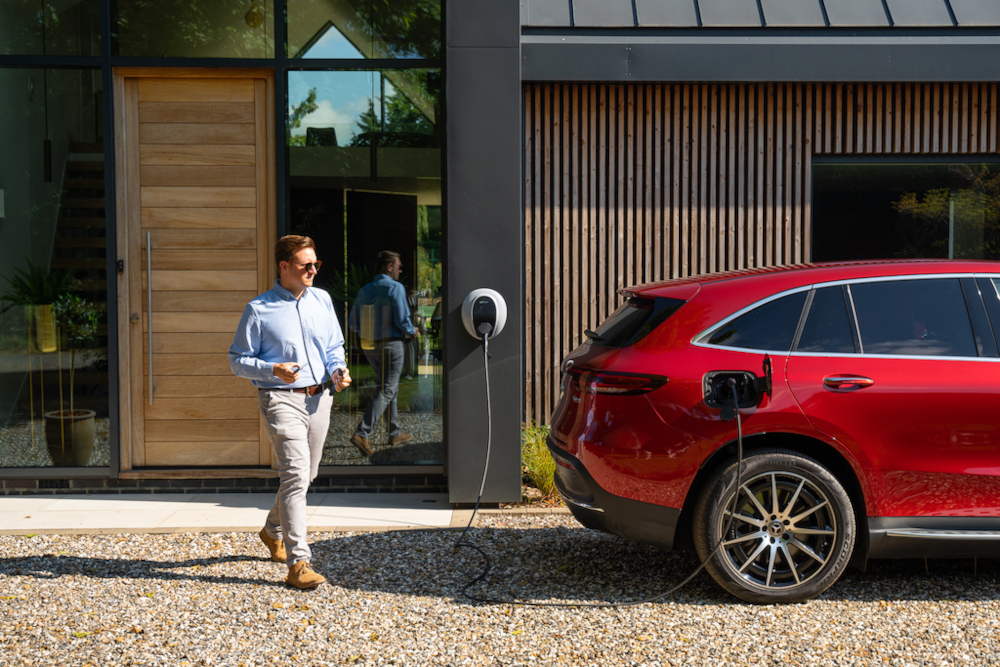
I did have a remote survey to complete, which involved taking some photos of my consumer unit and providing some supplier details, but it was all straightforward and well explained.
A few weeks later, Callum, the engineer arrived and got straight down to fitting the unit in our garage. Being a new-build property with cabling already provided for an EV charger, the fitting and testing only took a couple of hours after which Callum tidied away all the empty boxes, leaving the garage looking spotless. After running through the basic functions with me and leaving me some literature about the smart-phone app, he left me to admire my new, wall-mounted frustration-killer.
The Pod Point Solo 3 comes in two flavours – tethered or untethered. I had opted for the more expensive tethered version which comes with its own 7.5m Type 2 cable (Type 1 is also available for some older EVs).
The oval, polycarbonate unit looks smart in any guise, but the tethered version is significantly slimmer (just 112mm) as it doesn’t need a built-in charging socket to plug into. It is also designed so the cable can be wrapped around the unit neatly, while a wall-mount holster is also provided for the charger.
The unit itself feels very sturdy and appears to be well-built. There is no creaking if you give it a push or knock against it. The silvery/grey and black colour scheme is smart and modern-looking and, while I think the unit would look fine on the outside of any house, I can’t help thinking that more colour choice would be a good idea.
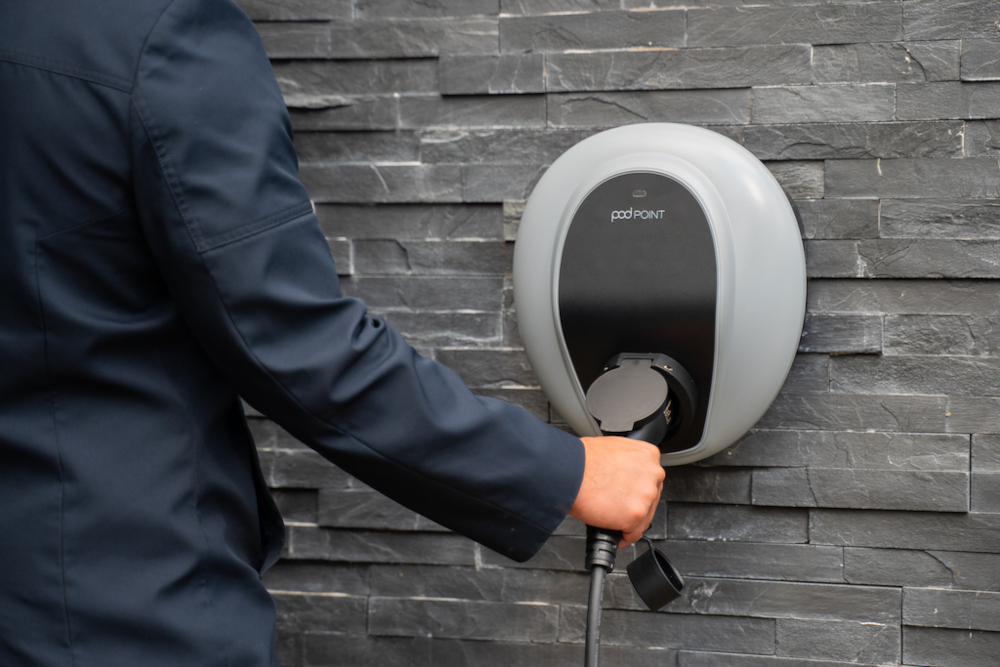
Using the charger couldn’t be simpler. There is one LED on the front of the unit which indicates its status: Blue for standby and solid green when charging. Flashing green indicates the battery is fully charged. There are other colour combinations for such things as Wi-Fi connectivity problems and when syncing with Pod Point, but the blue and green are the ones you’ll be most interested in.
If you wish to have some smart control of your Pod Point charger, then you will need to register for a free account with Pod Point and download an app to your smartphone which communicates with the unit. This allows you to access further features like charge scheduling. The app also provides information on costs – both on your own charger and any public Pod Point charger you may use while out and about. It’s very simple to add your own tariff into the app.
Finding public charge points is also quite simple through the app – which will provide directions too. The good news is that Pod Point is constantly developing its public network of chargers with 7,300 charging bays currently available at locations including Tesco, Lidl and Center Parcs. Many of them are free. As a Pod Point owner with an account, you don’t need a card or key-fob to charge. Just plug in and confirm on the app. Simples.
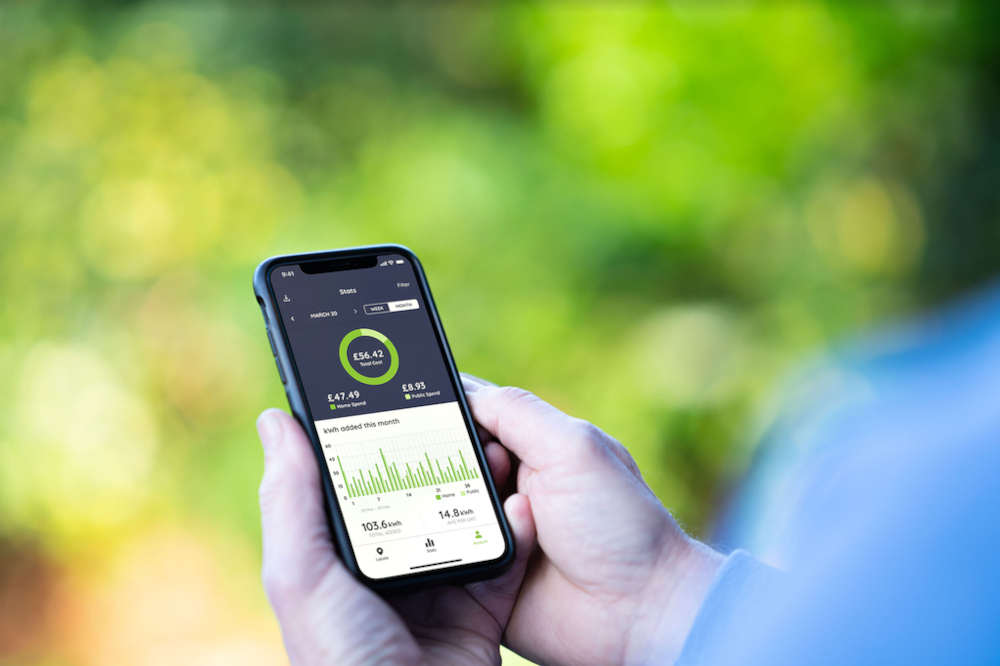
So, impressions so far? Very good. The whole process from initial enquiry to engineer visit felt personal and slick. I was kept updated via email and phone calls throughout the process which was both useful and reassuring.
The Pod Point Solo 3 has performed faultlessly with a variety of EVs, from a Mk1 – Nissan Leaf, through to the very smart Cupra Born.
For the average commute of just over 20 miles you will find range anxiety becomes a thing of the past. After all, plugging in your vehicle at home means it will only need topping-up 99 per cent of the time. No more waiting until the charge-level drops dangerously low before seeking out that elusive public charger.
Unless you are planning a very long journey in your EV, you no longer need to give range-anxiety a second thought. Which makes EV-ownership utterly chilled. Just as it should be.
Prices start at £799 for a standard installation (non-tethered).
Visit pod-point.com for more information.












